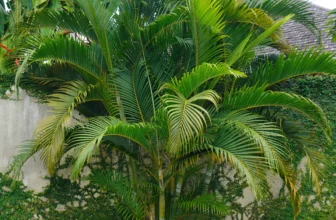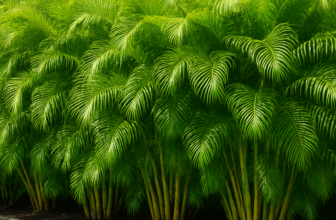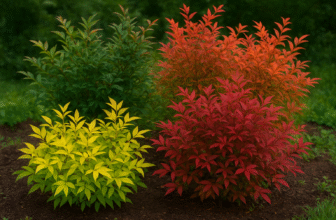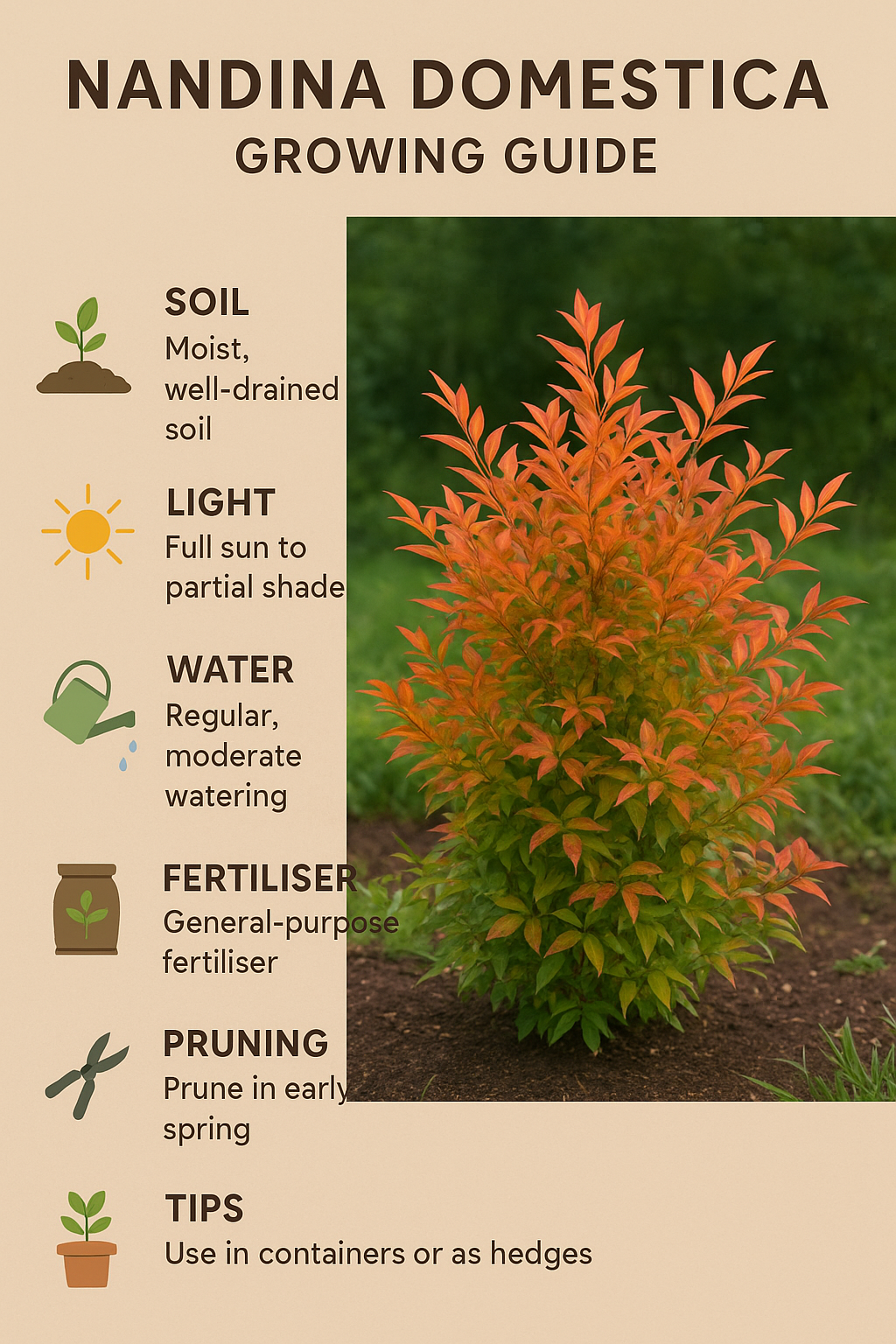Tips to Enhancing Your Home
As someone who loves the beauty of nature, I’ve always sought ways to bring the outdoors inside. However, maintaining real plants can be a daunting task. That’s where artificial trees indoors come in. They offer the same aesthetic appeal without the maintenance. Let me share how you can use artificial trees indoors effectively and what to look for in terms of quality.
The Variety of Faux Trees
When it comes to fake trees, the options are surprisingly diverse. Here are some of the most popular types that can bring a touch of elegance to your home:
- Fiddle Leaf Fig: Known for its large, glossy leaves, it is a favourite among interior designers. An artificial version looks just as striking without the need for precise watering schedules and adequate sunlight.
- Areca Palm: Adding a tropical vibe, the areca palm’s feathery fronds can brighten any room. An artificial areca palm maintains its lush appearance year-round.
- Olive Tree: With its delicate leaves and slim profile, an artificial olive plant offers a Mediterranean flair that fits well in contemporary spaces.
- Bamboo: synthetic bamboo can be a perfect choice for a more minimalist and zen-inspired look. It adds height and a sense of tranquillity.
- Ficus: The classic ficus tree, with its dense foliage, is ideal for filling corners and adding depth to your indoor garden.

Quality Differences in Artificial Trees
Not all artificial trees indoors are created equal. Here’s what to look for to ensure you’re getting a high-quality product:
Realistic Appearance
High-quality artificial trees are crafted to look as close to the real thing as possible. Look for trees with detailed leaves, natural color variations, and realistic textures. Silk leaves often offer a more lifelike appearance than plastic.
Sturdy Construction
A good faux tree should have a sturdy base and trunk. Weighted bases can help prevent the tree from tipping over. The trunk should look natural, sometimes made from real wood, for added authenticity.
UV Resistance
If you plan to place your fake tree in an area with a lot of sunlight, look for UV-resistant materials. This will prevent the colors from fading over time, ensuring your tree stays vibrant.
Ease of Maintenance
One of the main benefits of artificial plant indoor is their low maintenance. However, they should still be easy to clean. Look for trees that can be wiped down with a damp cloth to remove dust and debris.
Size and Scale
Choose a tree that fits the scale of your room. An oversized tree in a small room can look out of place, while a tiny tree in a large room may not have the desired impact. Measure your space and consider the height of your ceilings before purchasing.

What size faux tree is for your living room?
Here’s a quick guide to help you select the perfect size:
For Artificial Trees Indoor:
- 6′ to 6.5′: Ideal for low-ceiling areas, foyers, living rooms, bedrooms, corners, offices, hallways, and outdoor patios.
- 6.6′ to 7′: Perfect for entryways, living rooms, next to staircases, and areas with higher ceilings.
- 7′ and above. Best suited for high ceilings, grand foyer, staircases, some commercial places, and larger homes.
Where and How to Use Artificial Trees
One of the greatest advantages of artificial trees indoor is their versatility. Here are some ideas on where and how to place them:
- Living Room: A large faux tree can be a stunning focal point in the living room. Place it next to a sofa or in an empty corner to create a cozy, inviting atmosphere.
- Dining Area: Positioning a fake tree near the dining table can create an intimate dining experience. Choose a tree that complements your dining room decor for a cohesive look.
- Office: Adding an artificial tree to your workspace can enhance productivity and reduce stress. Place it near your desk or in a corner to create a serene work environment.
- Bedroom: Incorporating a synthetic tree in the bedroom can promote relaxation and enhance the overall decor. Opt for a tree with soft, soothing colours.
- Bathroom: Yes, even bathrooms can benefit from greenery! An artificial tree can add a spa-like feel without worrying about humidity affecting its health.

Why Artificial Trees Are Better
Now, you might be wondering why artificial trees are a better choice. Here are some compelling reasons:
- Low Maintenance: Unlike real trees, artificial trees require no watering, pruning, or fertilizing. They maintain their shape and colour with minimal effort, freeing up your time for other activities.
- Allergen-Free: synthetic trees don’t produce pollen or harbour mould, making them an excellent option for those with allergies or respiratory issues.
- Durability: High-quality faux trees are built to last. They don’t wilt, shed leaves, or get affected by pests, ensuring they look great for years.
- Flexibility in Placement: Since fake trees don’t need sunlight, you can place them anywhere in your home, even in dimly lit areas where real trees wouldn’t thrive.
- Cost-Effective: While the initial investment might be higher, artificial trees save money in the long run by eliminating the need for ongoing plant care products and replacements.
- Consistent Beauty: Artificial trees stay green and vibrant year-round, providing a constant source of beauty and tranquillity without the seasonal changes of real plants.
Final Thoughts
Incorporating fake trees into my home has been a game-changer. They bring nature’s beauty and calming presence indoors without the hassle of maintenance. Whether you’re looking to create a lush indoor garden or add a touch of greenery to your space, artificial trees indoors offer a versatile and practical solution. So why not give it a try? Embrace the charm of artificial trees indoors and transform your home into a serene, stylish sanctuary.
Important Questions Answers:
Do artificial plants purify the air?
Artificial plants do not contribute to air purification. They do not assist in removing air pollutants like carbon dioxide or volatile organic compounds, nor do they emit low ozone levels.
Why Are Fake Plants Better Than Real Plants?
Regarding indoor greenery, synthetic plants offer numerous advantages over their real counterparts. Here’s why fake plants are the better choice: real plants come with ongoing costs. They require regular watering, fertilizing, and sometimes even pest control. In contrast, artificial plants involve a one-time.





